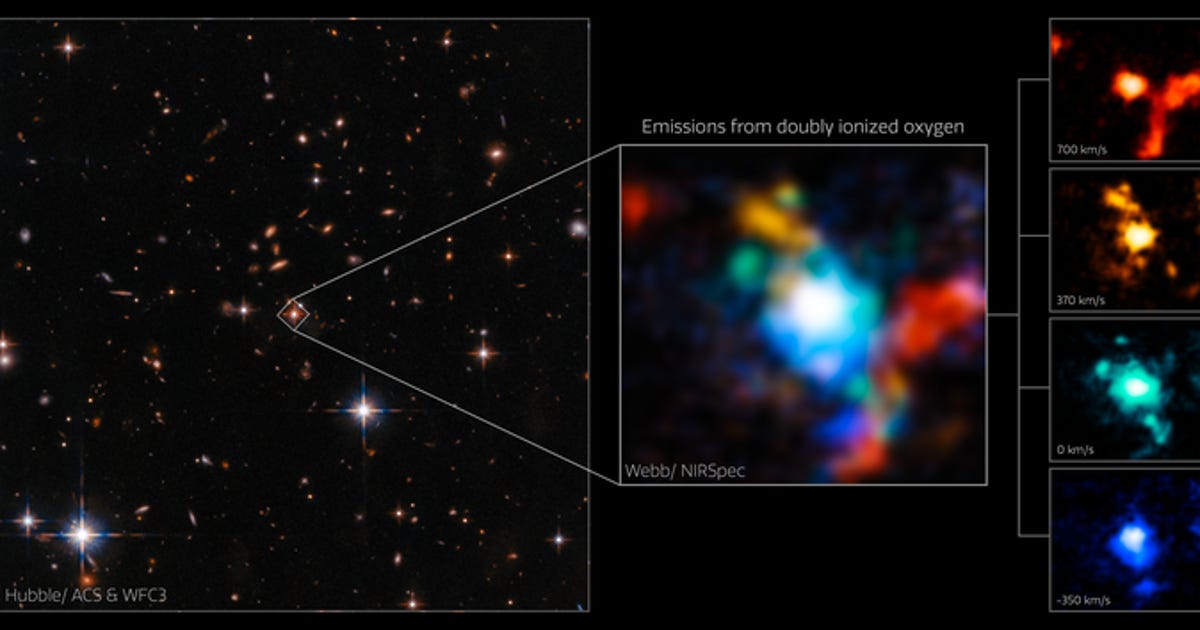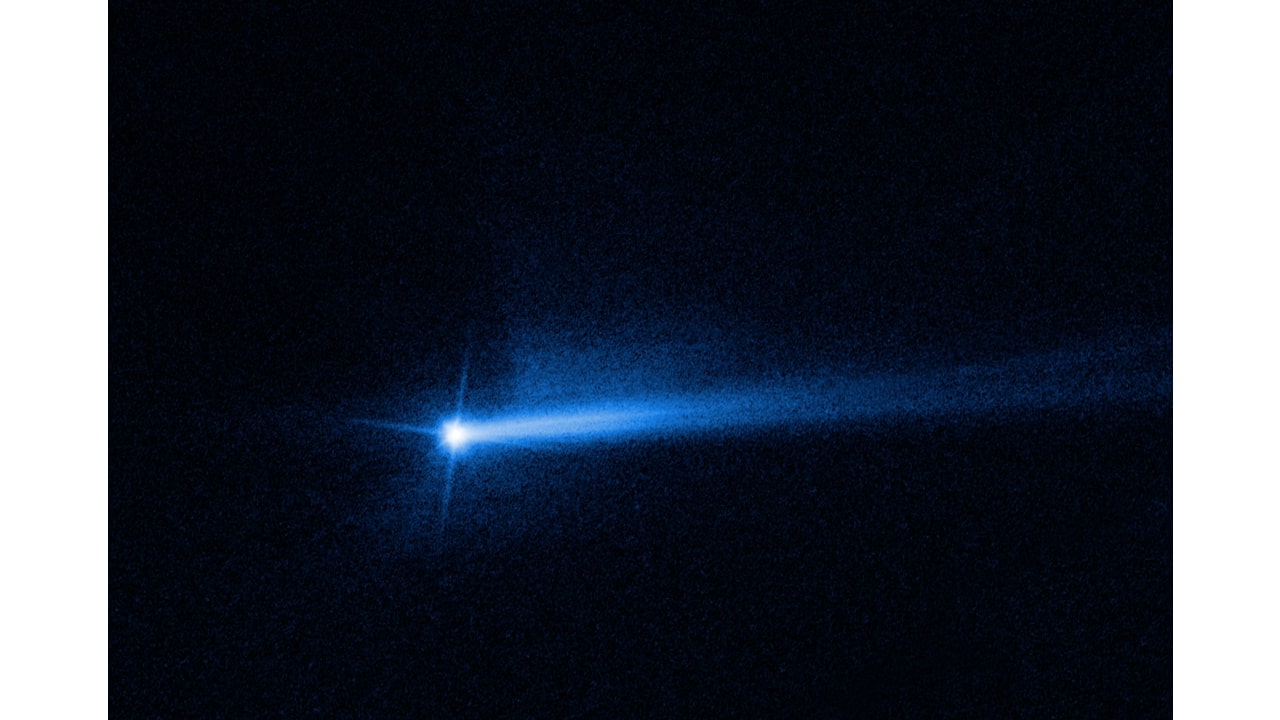Impact of Vitality Circulate on Waveguide Losses in Optical Fibers

[ad_1]
A research revealed in photon gives a brand new perception into the localization of sunshine within the cores of solid-core microstructured optical fibers, the consequences of the orbital and spin components of Poynting vectors (power flows), and emission singularities. born in it. This method can assist to grasp the core modes of energy leakage and produce solid-core microstructured optical fibers with easy design and low loss.

Analysis: Impact of rotational and orbital components of Poynting vectors on gentle localization in solid-core microstructured optical fibers. Picture credit score: AerialVision_it/Shutterstock.com
Gentle localization in stable microstructured optical fibers
Optical fiber communications and singularities have been extensively studied in solid-core microstructured optical fibers.
Optical communication offers with the transmission of information over optical fibers, and singularity optics research the transmission of sunshine with completely different section singularities.
These fields course of gentle beams with orbital angular momentum by means of optical fibers. These beams can be utilized in optical communications to compress indicators transmitted by means of an optical fiber on account of their impartial propagation of distinctive topological prices.
Numerous fibers, together with ring-shaped, multi-core, ring-core, ring-core, inverse-parabolic index, and hollow-core photonic bandgap fibers, have been used for interpretation. propagation of sunshine beam orbital angular momentum.
This allowed the researchers to focus the transverse power flows for beams propagating in free area to reorient the power circulate within the cross-section of the optical vortex.
Beforehand, it was assumed that the whole power circulate (Poynting vector) was the sum of the spin and orbital power flows. Due to this fact, this method was launched for paraxial fields. This method was later modified to work with non-paraxial vector fields. This transformation will be brought on by spin-orbit interactions.
In a holey fiber, the loss decreases monotonically with wavelength. Decoding the discount in resonance loss in all stable bandgap fibers (ASBGF) requires understanding the departure of the orbital portion of the Poynting vector relative to the radial course.
In the course of the discount of resonance attenuation, the orbital part of the Poynting vector reveals singularities within the fiber cross-section and vortices within the wrapped bars. The vortex movement of the orbital portion of the horizontal Poynting vector was not detected within the ASBGF-like holey fiber.
Relying on the symmetry of all of the stable bandgap sheathing factor configurations and the variety of wrapper layers, slender transmission bands with low loss will be detected.
Examine the impact of Poynting vector vortex movement on fiber loss
The researchers investigated the conduct of the spin and orbital elements of the Poynting vector of the elementary leak core mode in all stable wound and holey filaments, demonstrating their affect on the diploma of leakage. gentle localization in these fibers.
The waveguide lack of the fiber is barely compensated by the spin part of the horizontal Poynting vector. The waveguide loss in a totally stable dielectric tube is decided by the radial projection of the orbital a part of the Poynting vector.
Necessary findings of the research
The elemental options of the leaky waveguide core mode are singularities within the horizontal part of the Poynting vector. The horizontal a part of the Poynting vector for ASBGF elementary modes will be represented as a set of singularities.
In all stable bandgap and holey filaments, the core-mode spin a part of the Poynting vector primarily contributes to the axial part of the core-mode power circulate and a small half governs the core-mode power movement in horizontal course.
All elements of the Poynting vector are affected by the orbital part. Nevertheless, the transverse power flux of the core modes and the ensuing bandgap fibers are utterly stable and the holey fiber waveguide attenuation is most delicate to this issue.
The spin part has a vortex configuration, whereas the orbital sections have the identical operate for the power circulate within the polarization mode and the affect between the cladding holes. This phenomenon could clarify the monotonous lower in waveguide losses in HFs as growing the duvet gap radius reduces the orbital fraction of the power circulate between the holes.
Growing the variety of holey filaments reduces the waveguide loss, however the core mode power leakage sample doesn’t change. In all stable bandgap fibers, new core-mode vortex actions happen within the wrap rods, transferring power to the fiber middle.
An additional investigation of the singularity properties of the horizontal part of the Poynting vector might be a precious software for figuring out the connection between the placement of the singularities and the cross-sectional construction of the optical fiber. has a solid-core microstructure at which the minimal loss for leakage mode is obtained in a given spectral band.
References
Alagashev, G., Stafeev, S., Kotlyar, V., & Pryamikov, A. (2022) Impact of rotational and orbital components of Poynting vectors on gentle localization in microstructured optical fibers stable tissue. photon. https://www.mdpi.com/2304-6732/9/10/775
[ad_2]




